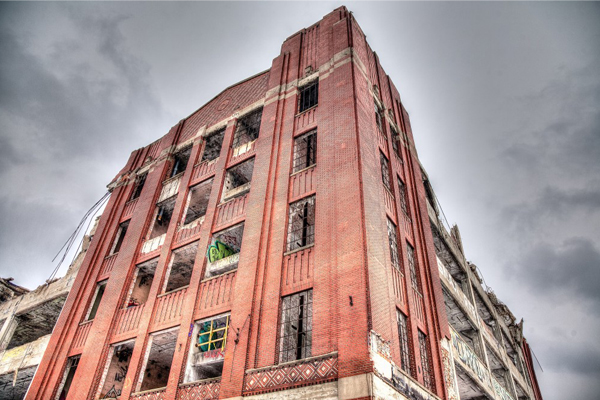Submitted by WA Contents
Beyond ruin porn:what’s behind our obsession with decay?
United Kingdom Architecture News - Aug 21, 2014 - 14:05 4794 views

image:Historic mill city ruins in downtown Minneapolis. Image Courtesy of Flickr CC License / Joey Lax-Salinas
The interest in documenting abandoned buildings with crumbling structures and desolate atmospheres has been a subject of much debate recently. An article by Shayari De Silva.
Lately, architects are sharing an increasing captivation with ruins. As our technologies for envisioning the buildings of the future become ever-more accurate – enabling us not only to walk through, hover over, and inhabit walls, but also to calculate exact quantities of materials, structural load capacities and costs – our fascination for ruin, a process that is governed by laws of nature and time in a manner that is spatially unpredictable and rarely uniform, has also seen a rise in popularity.
Blogs such as Ruin Porn, Abandoned America and Architecture of Doom draw from a recent sub-genre of photography, identified as ‘ruins photography’ or ‘ruin porn’. While buildings can go into decay for many reasons, these images tend to focus on urban decay, especially in cities such as Detroit, Chicago and Berlin, which saw a surge of industrialisation in the last century that has since dwindled.

Detroit’s Packard Factory. Image © Flickr user George Thomas
The interest in documenting these abandoned buildings with their crumbling structures and desolate atmospheres has been a subject of much debate recently. Supporters of ruin porn would argue that these buildings promote tourism, sometimes tagged “intellectual disaster tourism,” in cities such asNew York and Rio De Janeiro and particularly in Detroit, which has seen a rise in visiting artists. However, some critics of the movement believe that fetishising these dilapidated buildings hinders their re-development, while others say romanticising these ruins is too passive an approach in terms of creating awareness and bringing about change. In his article Detroitism, John Patrick Leary writes, “Ruin photography, in particular, has been criticised for its “pornographic” sensationalism… And others roll their eyes at all the positive attention heaped on the young, mostly white “creatives,” which glosses over the city’s deep structural problems and the diversity of ideas to help fix them.” [1] Certainly, photographers such as Julien Mauve, Andrew Moore andWilliam Widmer create captivating works of art. For architects, however, are these not windows into fantasising not just what once was, but what realistically could be?....Continue Reading
> via Australian Design Review
